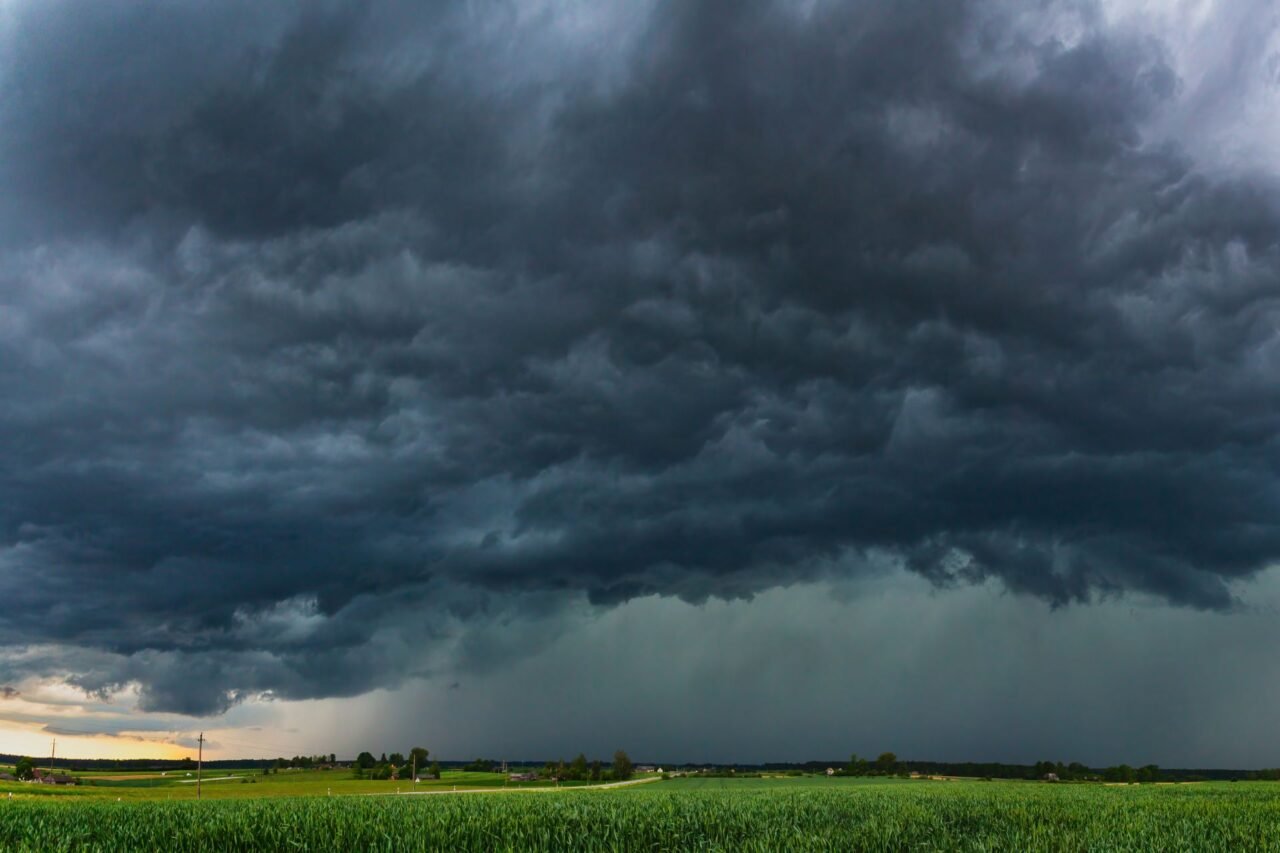Interest in understanding the weather has surged, leading many to explore backyard meteorology. With just a few basic tools and a grasp of fundamental concepts, anyone can start making their own weather forecasts. Experts such as John Huth, a professor of science at Harvard University, and Steve Seman, an associate teaching professor at Penn State University, shared insights on how to embark on this engaging journey.
Understanding Weather Fundamentals
At the core of weather forecasting are six essential variables: temperature, atmospheric pressure, cloud formation, wind, humidity, and precipitation. These factors interact to create various weather scenarios. According to Seman, grasping how air moves within the atmosphere is crucial. “We usually start thinking horizontally, at the surface of the Earth, and then go into vertical movement,” he explained.
Wind, which is horizontal air movement, plays a vital role in driving vertical air movements through processes known as convergence and divergence. Convergence involves air inflow that causes it to rise, while divergence is the outflow that leads to sinking air. Huth emphasized that both temperature and pressure decrease with elevation, resulting in phenomena such as adiabatic cooling, where warm air rises, expands, and cools, potentially forming clouds or storms.
Essential Tools for Backyard Meteorology
To begin forecasting, one does not need an extensive collection of sophisticated instruments. The initial step involves keen observation. Huth suggests simply stepping outside and asking questions about the environment: “Does it feel humid out? What kind of clouds do you see in the sky?” These sensory observations are the first tools for any budding meteorologist.
As students progress in Huth’s course, they are encouraged to spend several days noting their physiological responses to different weather conditions. This practice helps establish a foundational understanding. While more advanced tools exist, such as home weather stations ranging from $100 to over $1,000, both experts advise that the quality of measurements often hinges on the instrument’s location rather than its price.
For a more budget-friendly approach, many tools can be homemade. Essential items include a simple thermometer, a barometer, and a rain gauge. These instruments allow for accurate measurement of temperature, pressure, and precipitation, providing valuable data for personal forecasting.
Embracing the Learning Process
Becoming proficient in backyard meteorology demands practice and patience. Both Huth and Seman acknowledge that the journey can be challenging, even for those with a scientific background. They encourage aspiring meteorologists to remain persistent and realistic in their expectations. “There is not one meteorologist in the world who knows all the answers every single time,” Seman noted.
Mistakes are part of the learning curve. Huth advises newcomers not to feel discouraged by inaccuracies, as weather can be unpredictable. Engaging with fellow enthusiasts or experts can also enhance the learning experience. Online forums, such as those on the American Weather website, and local meteorological clubs offer opportunities for connection and support.
The investment in learning about weather can yield substantial rewards. Understanding the intricacies of meteorology not only enhances personal knowledge but can also inform daily decisions, from clothing choices to energy consumption. As Seman pointed out, “The weather is applicable to pretty much everybody’s daily life in some way.”
In conclusion, becoming a backyard meteorologist is an accessible and rewarding pursuit. With basic tools, a fundamental understanding of atmospheric science, and dedication to practice, anyone can enhance their weather forecasting skills and develop a deeper appreciation for the forces that shape our environment.





































































